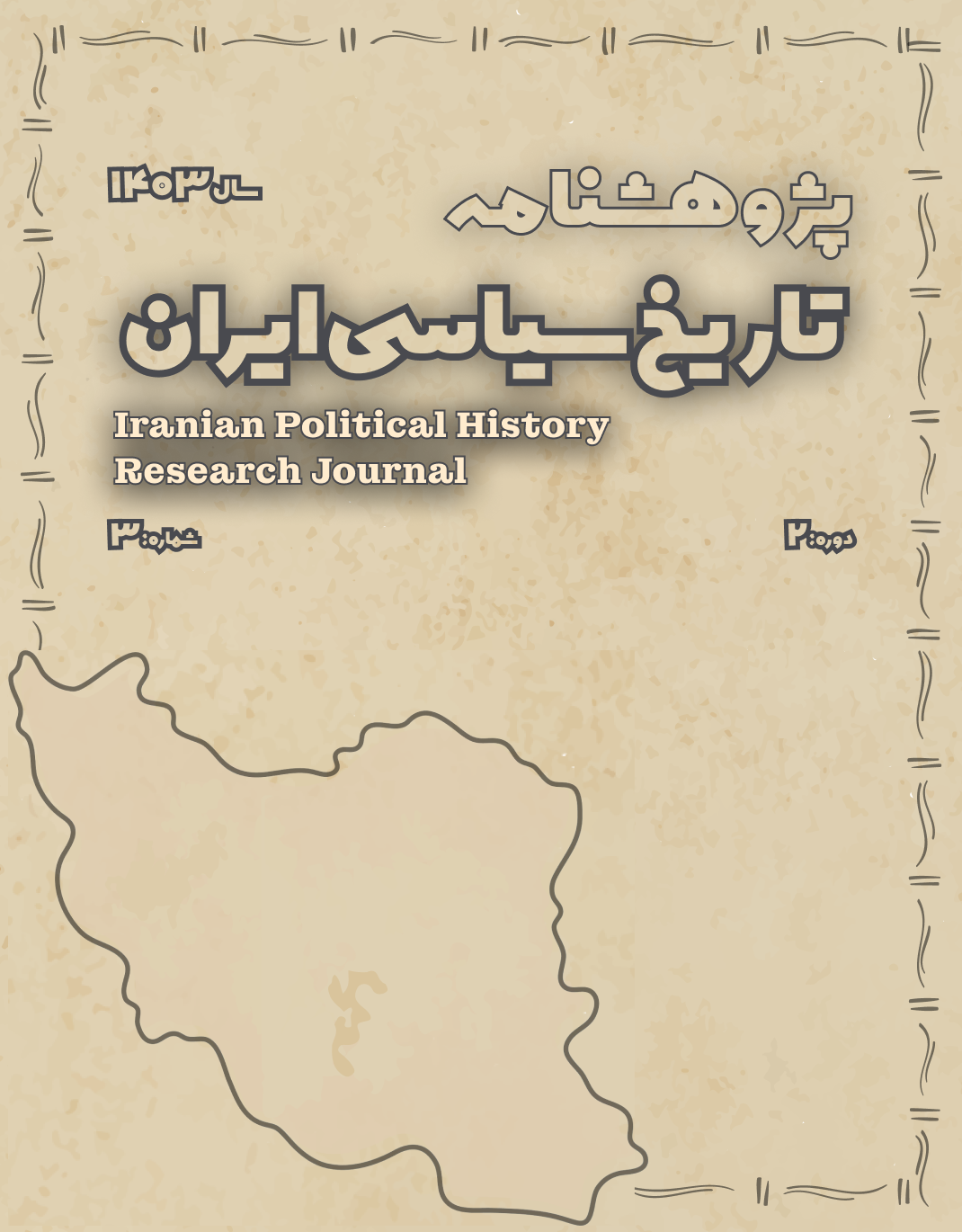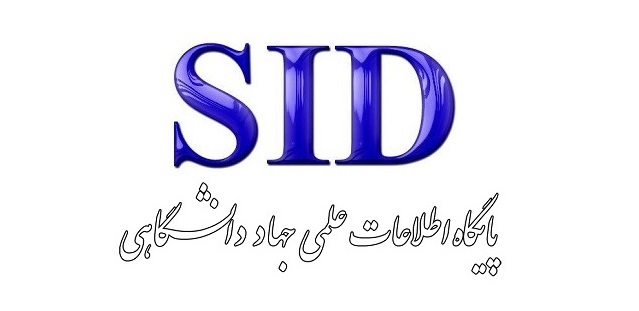Cultural Policymaking in the Qajar Era: The Naseri State’s Response to Western Modernity
Keywords:
Naser al-Din Shah Qajar, Western modernity, cultural policy, Dar al-Fonun, Iranian modernism, traditional authority, Shi’i clerical institutionAbstract
This article examines the cultural policymaking of the Naseri state in the face of Western modernity—a pivotal period marking the early formation of modern institutions in Iran, yet deeply entangled in structural contradictions between tradition and modernity. Influenced by his travels to Europe and direct exposure to Western civilization, Naser al-Din Shah initiated cultural, educational, and artistic reforms. However, these reforms were embedded within a conservative, authoritarian framework that prioritized symbolic modernization over substantive social transformation. The establishment of Dar al-Fonun, the expansion of modern schools, the translation of scientific texts, the introduction of photography and realist painting, and changes in elite lifestyle represented attempts at modernization. At the same time, the state sought to avoid conflict with traditional religious institutions and relied heavily on the legitimacy of Shi’i clerical authority, thereby importing modernity in a selective and restrained manner. Using a historical-analytical approach and drawing from a wide array of credible sources, the article argues that Naseri cultural policies, while pioneering, were marked by a fundamental duality: a desire for Western tools of power coupled with a fear of the transformative consequences of modern thought and institutions. These dual strategies introduced Iran to modernity but failed to institutionalize it due to the limitations in scope, ideological ambiguity, and rigid state control. Ultimately, Naseri cultural policy exemplifies a form of conservative, state-centered, performative modernization that laid the groundwork for later conflicts in Iran's cultural discourse between tradition and modernity.
Downloads
References
Afary, J. (1996). The Iranian Constitutional Revolution, 1906–1911: Grassroots Democracy, Social Democracy, and the Origins of Feminism. Columbia University Press.
Amanat, A. (1997). The Pivot of the Universe: Nasir al-Din Shah Qajar and the Iranian Monarchy, 1831-1896. University of California Press.
Ashraf, A. (1988). Historical Obstacles to the Development of a Bourgeois Democracy in Iran. International Journal of Middle East Studies, 20(1), 1–23.
Boroujerdi, M. (1996). Iranian Intellectuals and the West: The Tormented Triumph of Nativism. Syracuse University Press.
Dabashi, H. (2001). Iran: A People Interrupted. New York: The New Press.
Floor, W. (2001). Education in Qajar Iran. Mage Publishers.
Katouzian, H. (2003). State and Society in Iran: The Eclipse of the Qajars and the Emergence of the Pahlavis. I.B. Tauris.
Keddie, N. R. (2006). Modern Iran: Roots and Results of Revolution (Updated Edition). Yale University Press.
Martin, V. (2010). Islam and Modernism: The Iranian Revolution of 1906. I.B. Tauris.
Najmabadi, A. (2005). Women with Mustaches and Men without Beards: Gender and Sexual Anxieties of Iranian Modernity. University of California Press.
Tavakoli-Targhi, M. (2001). Refashioning Iran: Orientalism, Occidentalism and Historiography. Palgrave Macmillan.









